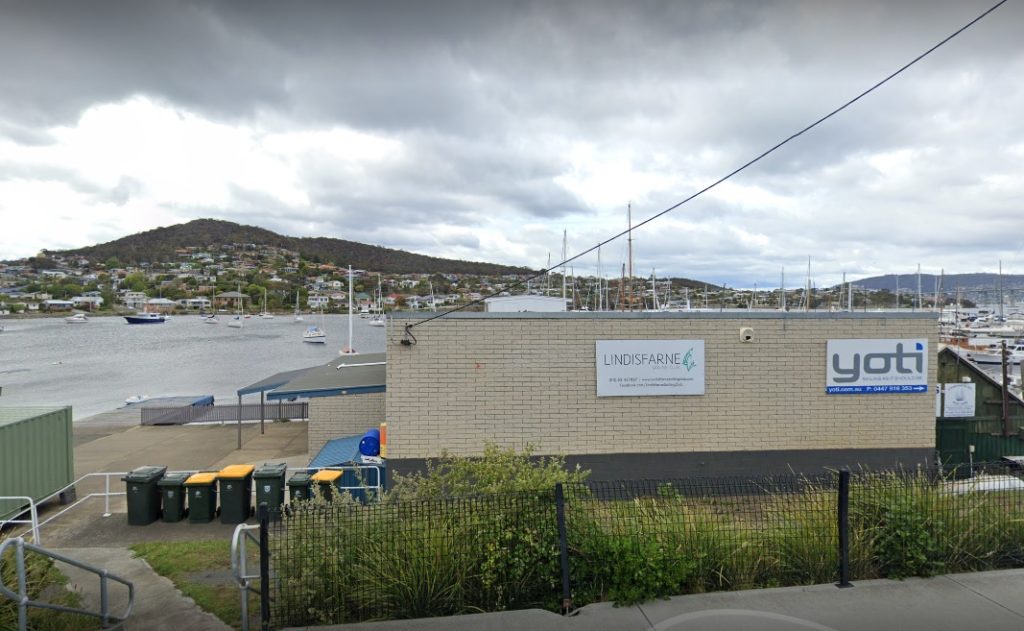Introduction
In the world of emergency situation response, understanding exactly how to look for responsiveness is a crucial ability that can suggest the distinction between life and fatality. Whether you're an ordinary spectator or a trained medical care professional, comprehending the nuances of examining a casualty's condition is vital. This post aims to give detailed insights into different aspects of examining responsiveness in emergency situations. By diving right into topics such as standard vs advanced life assistance, hospital codes and procedures, and public defibrillator use, we will certainly equip you with the knowledge required to act effectively when it matters most.
How to Efficiently Inspect Responsiveness in Emergencies
When faced with an unconscious or unresponsive individual, your first task is to determine their level of responsiveness. Yet exactly how do you go about this? The procedure begins with a thorough analysis of the casualty's state:
Approach Safely: Guarantee the location is secure for both you and the victim. Assess Responsiveness: Delicately drink the person's shoulder and noisally ask if they're okay. Check Breathing: If there's no response, look and pay attention for typical breathing.This fundamental method sets the stage for more advanced procedures if necessary.
The Relevance of Examining Responsiveness
Checking responsiveness functions as a gateway to additional clinical treatment. Recognizing whether a person is responsive help in establishing whether basic life support (BLS) or advanced life assistance (ALS) procedures are required.
Basic vs Advanced Life Support
- Basic Life Support (BLS) covers important strategies such as mouth-to-mouth resuscitation and using an Automated External Defibrillator (AED). Advanced Life Assistance (ALS) involves innovative clinical interventions normally done by healthcare professionals.
Understanding these distinctions highlights why examining responsiveness is essential; it determines which procedure needs to be activated.

Identifying No Breathing
One crucial element of emergency action is determining whether a person is taking a breath or otherwise. Identifying "no breathing" can be tough yet essential:
Look: Observe upper body movements. Listen: Position your ear near their mouth to listen to breath sounds. Feel: Look for air activity against your cheek.If a person isn't breathing, launch mouth-to-mouth resuscitation quickly while calling for emergency help.
Maintaining Composure During Emergencies
When faced with emergency situations, it's easy to panic, however maintaining calmness can considerably boost end results:
- Take deep breaths. Focus on what needs to be done detailed. Remind yourself that you have training or knowledge that can help.
Composure allows https://cpr.com.au/location/nt/cpr-course-darwin/ you to think plainly and act emphatically when inspecting responsiveness and providing care.
Public Defibrillator Usage
Public spaces frequently have actually Automated Outside Defibrillators (AEDs) readily available, making it critical to know how they work:

Knowing just how to use these devices can dramatically boost survival rates throughout heart emergencies.
Hospital Codes and Protocols
Every health center has established protocols relating to emergency responses:
- Codes like "Code Blue" typically show a person needing instant resuscitation efforts. Familiarizing yourself with these codes can improve interaction when handing over a casualty to medical personnel at a hospital setting.
Taking Switches on Compressions
Performing mouth-to-mouth resuscitation effectively requires stamina and focus; thus taking turns on compressions can be beneficial:
Change rescuers every 2 minutes if possible. Ensure that compressions are consistent without disturbance during handoffs. Maintain appropriate deepness-- preferably concerning 2 inches in adults-- and rate-- at least 100 compressions per minute.These tips make sure that premium compressions are maintained throughout up until specialist assistance arrives.
Lower Compression Deepness vs Higher Compression Depth
The compression deepness during CPR has significant implications:
- A reduced compression deepness might not circulate blood successfully enough, whereas unfathomable can create injury.
The ideal depth typically drops around 5-- 6 centimeters (regarding 2-- 2.5 inches) for grownups however must always be assessed based on situational needs.
Slow Compression Rate
While keeping adequate speed is crucial during CPR compressions, slow compression rates may lower efficiency:
- Aim for steady rhythmic compressions without hurrying with them.
A rapid yet regulated approach makes certain optimal blood circulation till emergency -responders take control of care.
FAQs
1. What ought to I do first when I locate someone unresponsive?
First, make sure safety and security for both you and the victim prior to examining their responsiveness by carefully drinking them and asking if they are okay.
2. Just how do I understand if someone requires CPR?
If the individual does not react vocally or literally after drinking them and shows indications of no breathing or irregular breathing patterns, start CPR immediately.
3. Can anyone make use of a public defibrillator?
Yes! Public defibrillators are developed for use by laypersons; numerous featured clear voice directions assisting individuals through each action of operation.
4. What are hospital codes?
Hospital codes refer to particular phrases utilized within clinical facilities showing specific emergency situations requiring prompt action from personnel-- like "Code Blue" signaling cardiac arrest situations.
5. Is BLS accreditation necessary?
While it's not necessary for everybody, getting BLS qualification prepares individuals for emergency scenarios including grown-up targets requiring basic life cpr express renewal support strategies effectively.

6. For how long ought to I execute CPR before stopping?
Continue executing CPR until professional help shows up or up until you see signs of recovery such as typical breathing or motion from the casualty.
Conclusion
Understanding just how to successfully examine responsiveness in emergency situations incorporates a number of essential components-- from identifying no breathing signs to making use of public defibrillators successfully. The capacity to preserve calmness under pressure while taking definitive actions like performing top notch CPR can not be overstated; they add considerably toward enhancing survival prices in important situations.
Equipping oneself with knowledge about healthcare facility codes and protocols even more enhances communication upon transferring care to specialist -responders-- an essential action toward making sure optimal end results https://cpr.com.au/location/wa/cpr-course-perth/ in situation scenarios involving subconscious individuals requiring immediate help! Therefore, whether you're a daily citizen or component of healthcare training programs such as BLS qualification courses-- grasping these abilities will encourage you with confidence when it absolutely counts!